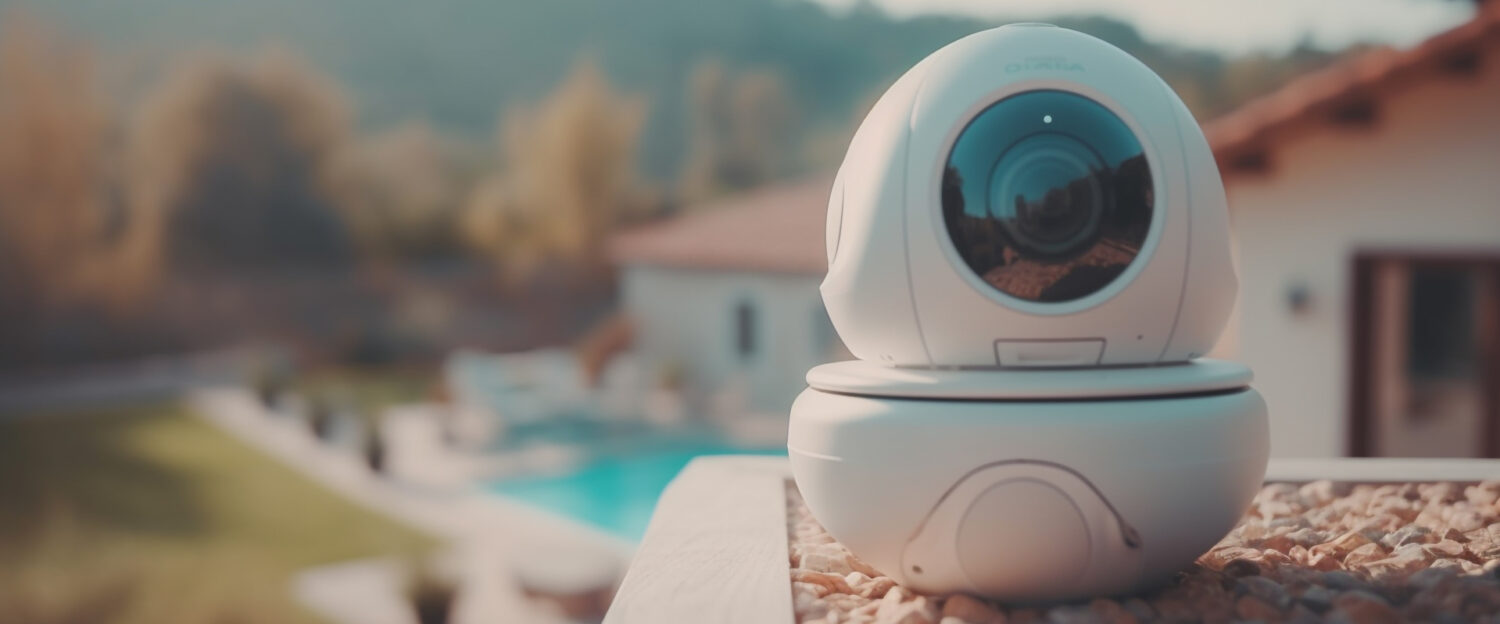Introduction
Parents rely on baby monitors to check on their little ones, whether they are sleeping in another room or playing quietly. While these devices provide crucial peace of mind, they also come with security risks. Hackers have been known to target baby monitors, gaining unauthorized access and invading family privacy. Protecting your baby monitor from cyber threats is essential to ensure that it remains a safe and reliable device in your home.
In this article, we’ll dive deep into baby monitor hacking prevention. We’ll cover security risks, signs of hacking, effective prevention strategies, and best practices to keep your baby safe.
Outline of the Article
- Understanding the Risks of Baby Monitor Hacking
- Signs That Your Baby Monitor Has Been Compromised
- Best Practices for Securing Your Baby Monitor
- Choosing a Secure Baby Monitor
- Ensuring Safe Network Practices
- Keeping Your Firmware and Software Updated
- Additional Security Measures
- Final Thoughts
Understanding the Risks of Baby Monitor Hacking
Technology has made parenting more convenient, but it also poses risks if not properly secured. Wi-Fi-enabled baby monitors, in particular, can be targeted by hackers looking for weak passwords, outdated software, or unsecured networks. Once hackers gain access, they might spy on video and audio feeds, manipulate device settings, or even communicate through the baby monitor’s speaker.
Hackers often exploit weak security settings, default passwords, and internet vulnerabilities. Without proper security, attackers can view live feeds, listen to private conversations, and compromise family safety. Understanding these risks is the first step in proactive measures to prevent them.
Signs That Your Baby Monitor Has Been Compromised
Recognizing the signs of a hacked baby monitor can help parents act swiftly. Suspicious indicators include unexplained noises coming from the monitor, strange camera movements, or unauthorized access to settings.
Other red flags include devices disconnecting without reason, blinking lights indicating activity when no one is accessing the monitor, and unfamiliar voices being heard through the system. If you notice any of these signs, it’s crucial to investigate immediately and secure your device.
Best Practices for Securing Your Baby Monitor
Securing your baby monitor starts with simple yet effective steps. First, always change the default username and password to a strong, unique combination. Use a mix of letters, numbers, and symbols to increase complexity. Avoid using easily guessable words like your child’s name or birth date.
Another essential practice is enabling two-factor authentication if the baby monitor supports it. This adds an extra layer of security, ensuring that only authorized users can access the monitor. Also, regularly review the login history of your monitor to check for unauthorized access.
Choosing a Secure Baby Monitor
Selecting a baby monitor with strong security features is crucial in hacking prevention. Opt for monitors with encrypted video streaming and secure login credentials. Encryption ensures that your video feed remains private and inaccessible to unauthorized users.
Parents should research the security policies of baby monitor brands before making a purchase. Look for devices that regularly receive software updates and provide customizable security settings. Reading customer reviews can also provide insights into security concerns and reliability.
Ensuring Safe Network Practices
A baby monitor is only as secure as the network it connects to. Start by securing your home Wi-Fi with a strong password and using advanced encryption protocols like WPA3 or WPA2. A weak Wi-Fi password can expose your entire home network, including the baby monitor, to cyber intrusions.
Consider setting up a separate guest network for smart devices like the baby monitor. This way, if one device is compromised, it won’t provide access to your main home network. Additionally, disabling remote access when not needed reduces potential entry points for hackers.
Keeping Your Firmware and Software Updated
Manufacturers frequently release firmware and software updates to fix security vulnerabilities. Regularly checking for updates and installing them promptly helps prevent unauthorized access due to outdated software.
Some baby monitors allow automatic updates, which can be enabled for added convenience. Parents should also monitor security alerts from manufacturers and update their devices accordingly.
Additional Security Measures
Beyond the basics, there are extra steps parents can take for heightened security. Placing the baby monitor in a less accessible location within the nursery, covering the camera when not in use, and disabling unnecessary features like remote access can minimize risks.
Parents should also be cautious when using external apps with their baby monitor. If an app must be used, download only from trusted sources and review permissions to ensure minimal data access.
Final Thoughts
Keeping your little one safe is always a top priority, and that includes ensuring your baby monitor is secure from hackers. By understanding potential risks, recognizing suspicious activity, and implementing preventive measures, parents can safeguard their smart monitoring devices.
Updating security settings, securing your home network, and choosing a highly encrypted baby monitor will go a long way in protecting your family’s privacy. Remember, taking a few crucial steps today can ensure peace of mind and uninterrupted monitoring for your child’s safety.
